An Introduction to Yakitori: Grilled Chicken Skewers
Modern Japanese Food Explained
Everything you ever needed to know about yakitori.
Chicken kyiv, chicken tikka, enmoladas… There are dozens of famous chicken dishes around the world, and Japan is no exception. Arguably the most well-known, yakitori, is a dish that people of all ages can freely enjoy—so long as they know what it is that they’re eating.
What is it?
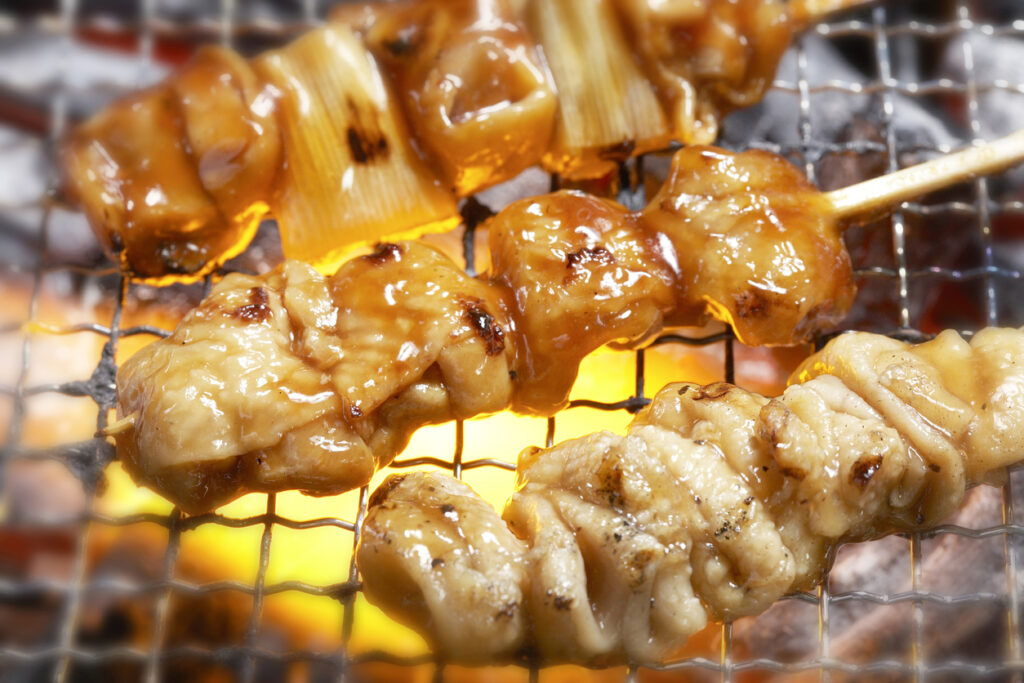 © Photo by iStock: gyro
© Photo by iStock: gyroYakitori (焼き鳥) is a popular Japanese chicken dish where small pieces of chicken are placed on bamboo skewers and grilled over an open fire, often a charcoal one. The chicken may either be salted or dipped in a sauce as it’s grilled. Given that it is mainly chicken, yakitori is considered by many to be a relatively healthy dish as it is high in protein. However, depending on the cut of chicken used, each skewer can range anywhere from 8-75 calories plus. Those with sauce or other cuts of meat and ingredients can be considerably higher in calories as well.
Beware! Not all yakitori is chicken
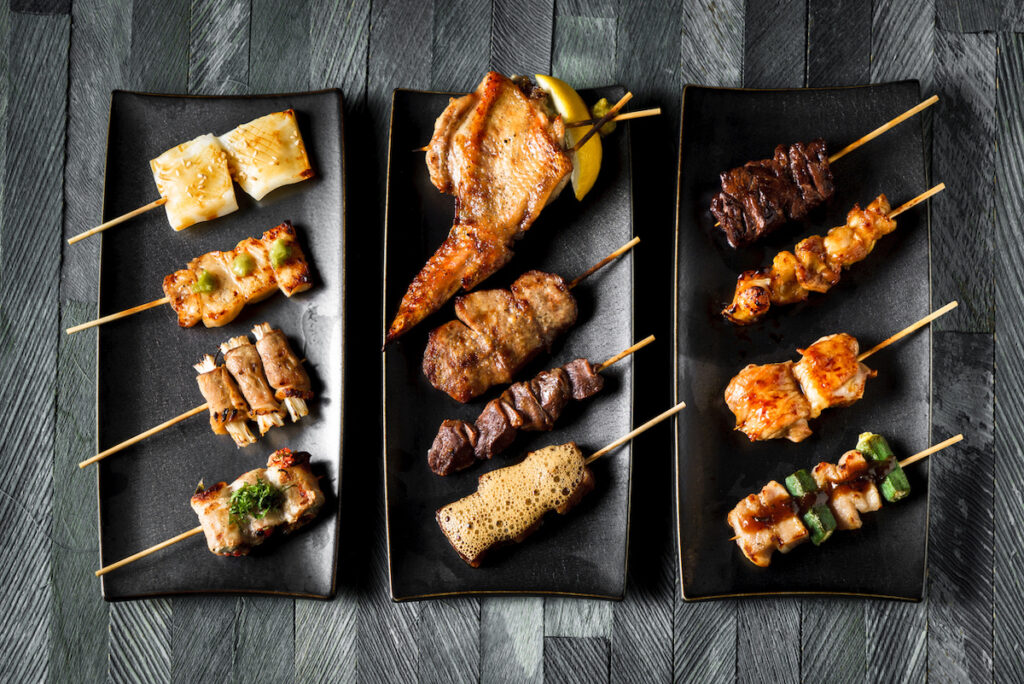 © Photo by iStock: CHUNYIP WONG
© Photo by iStock: CHUNYIP WONGA great number of yakitori shops also sell pork, beef and horse meat dishes. Some of those that serve grilled pork skewers, call them yakiton (焼きトン, grilled pork) or they are also referred to as yakitori. If you have any religious or health-related concerns regarding eating pork, check the menu carefully for what type of meat is being served.
You can also find grilled vegetables, mushrooms and even tofu skewers in some establishments, although whether these are considered vegetarian/vegan friendly or not depends on the rest of the menu available.
How do you eat it?
 © Photo by iStock: terawat
© Photo by iStock: terawatWhile this may seem obvious, there are some guidelines when it comes to properly savoring a skewer of grilled chicken.
Bite the chicken pieces from the skewer sideways, thus ensuring you won’t stab yourself in the mouth/throat with the pointy end in the process. Some may prefer to use chopsticks to slide the pieces off the skewer and eat them individually, although purists will shake their heads if they see you doing so.
Another common rule that you are also free to follow, is to order and eat the skewers in increasing flavor strengths. For example, starting with ones that are mainly plain or salted skewers then adding those with sauce or more heavily flavored cuts of meat later in the meal. Again, this is only a suggestion that connoisseurs of yakitori will adhere to.
Once you’ve finished eating your skewers, place the skewer in the container provided on the table (ask the staff if you aren’t sure which) or leave them on your plate. Often there are other seasonings provided on the table as well that you may wish to add to your skewers if you want more of a kick, shichimi (seven spice pepper) for example.
Don’t be afraid of giving any unique skewers a try; you never know when you might discover something that inspires your palate!
Traditional varieties of yakitori
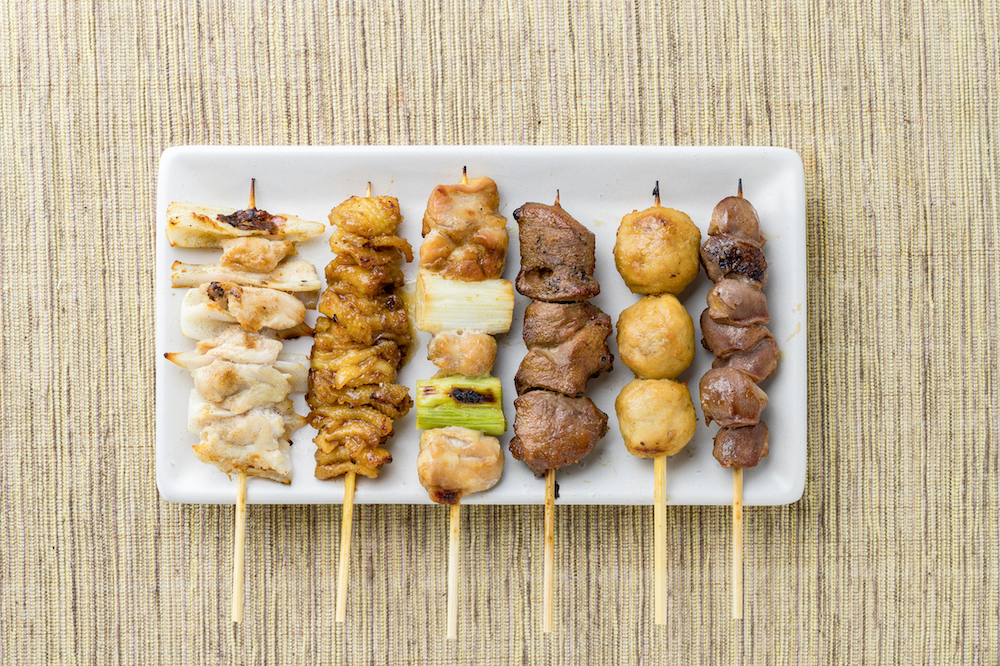 © Photo by iStock: flyingv43
© Photo by iStock: flyingv43Yakitori is made from all parts of a chicken, even the organs. Each shop is also different, so the terminology used and outlined below is a rough guide of what to expect.
Negima
The most common type; chicken breast with chunks of green onion between them that are either sauce or salt grilled.
Momo
The second most common type of yakitori; chicken thigh skewers.
Tsukune
Essentially chicken meatballs that may or may not contain cartilage; can be flavored in a myriad of ways.
Kawa
Chicken skin, salted or dipped in sauce.
Nankotsu
Chicken cartilage, mainly taken from the pointed end of the breastbone, this type of yakitori is mostly known for its crunchy texture rather than having any particular flavor. Nankotsu is the lowest calorie part of the chicken.
Seseri
The neck meat of the chicken; can be quite tough as it is mainly muscle.
Soriresu (ソリレス)
This term comes from the French expression “Sot-l’y-laisse” which translated to English means chicken oysters—aka, the exterior cob part of a chicken thigh. A very savory cut of meat.
Furisode
The shoulder meat of a chicken, between the breast and the wing.
Teba, Tebamoto and Tebasaki
The wings of the chicken are the teba (手羽), while just the upper part is the tebamoto (手羽元) and the tip is the tebasaki (手羽先). These may be served with or without skin and typically with salt rather than sauce when on a skewer.
Bonjiri
The pope’s nose or the meat from around the coccyx of a chicken. Quite fatty and very juicy when grilled.
Sunagimo (砂肝)
Chicken gizzard; very springy and firm texture, typically served with simple seasoning or just salt.
Heart
Chicken hearts. Arguably the toughest of standard yakitori types, these taste faintly or strongly of iron (depending on if you are anemic or not), some find it hard to eat regardless of how it’s prepared.
Liver
Another of the more contentious types of yakitori, liver has an oddly soft yet sticky texture to it and is typically served with sauce rather than salt alone. Fresh, high-quality liver is fairly easy to eat and many that otherwise would never eat liver enjoy it in yakitori form.
Where can I try yakitori?
While there are scores of famous yakitori specialty restaurants across Japan, those first venturing into the world of grilled chicken skewers might want to stick with a chain restaurant. The prices tend to be relatively reasonable, they have plenty of options to choose from, and if you find most of the cuts of chicken used are outside your comfort zone, you haven’t spent beyond your means.
Torikizoku is arguably the first place Japanese people think of when you mention yakitori. There are 190 locations in Tokyo alone, and their skewers are very reasonable at 319 yen (2 skewers, excluding tax). Not only that but they also have plenty of other dishes to choose from and a great drink menu as well. It’s a good place for a work party, drinks with friends, or a casual date too.
If not Torikizoku, then it’s Yakitori Daikichi that people think of. This chain also serves several of its own unique yakitori dishes including chicken and cheese skewers, and ones coated in a spicy chili sauce. Ideal for drinks with coworkers or friends, Yakitori Daikichi locations can be on the small side, so are slightly less than ideal for quiet conversation spots.
A third option that many international visitors to Japan recommend is Tori Tetsu. While less common than the others, Tori Tetsu is very cost-effective, with nearly their entire menu being in the ¥130-¥700 range (including non-yakitori dishes; excluding tax). This chain is universally enjoyed; it has the atmosphere of an izakaya for young people but is also popular with young families and groups of mama-tomo (mother and child groups) and older business folk as well.
If you’re not into chain shops, however, one of the best ways to try yakitori is at a festival stall or just by looking around at the mom-and-pop establishments in your neighborhood. You might even find a specialty yakitori shop just around the corner from home.












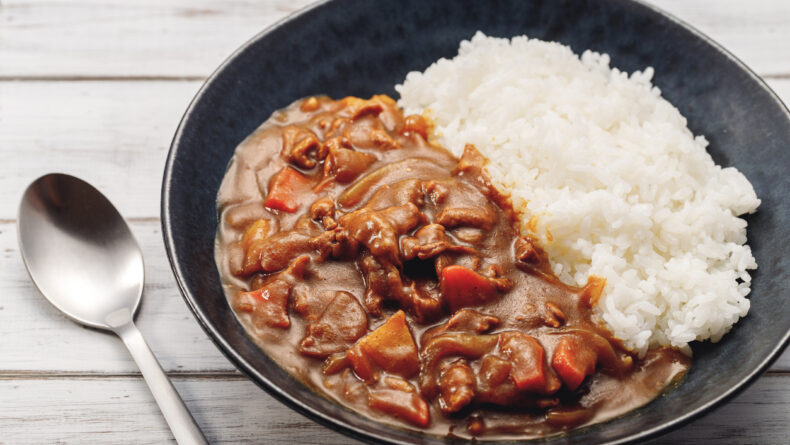
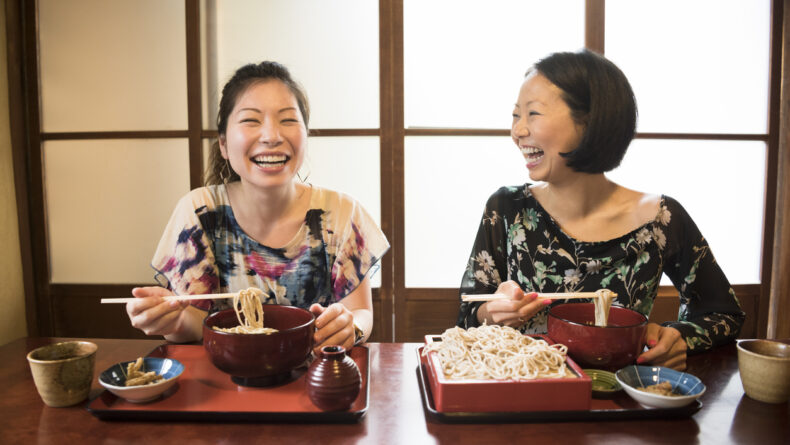

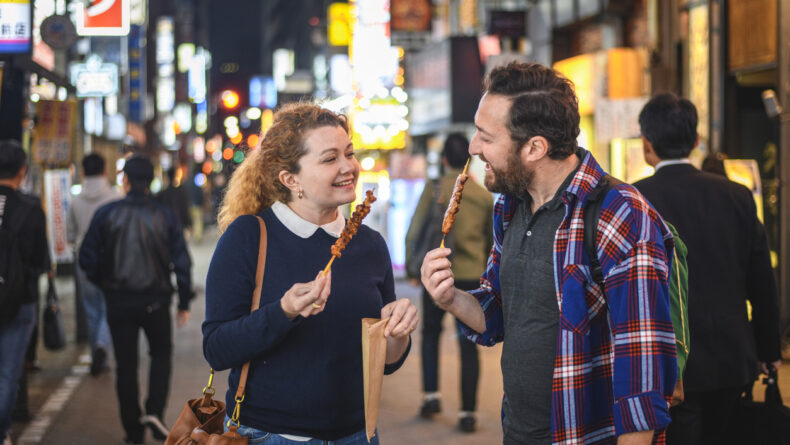
Leave a Reply